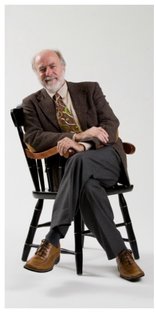|
Tea growers face harvesting challenges like commercial orchards in Maine, Florida and California. An insufficient workforce makes them rely on the ‘Tea Tribe’ in Assam. These indigenous workers were initially brought here from Orissa by British plantation owners over a century ago. Their skilled craft are an integral part of tea production. This plantation produces the best tea I have ever drunk in my life, their Devpani speciality. This is their signature Dibang Valley tea – in processing and in a cup!
0 Comments
by Carolyn Shea Published in The Evergreen Magazine of The Evergreen State College, Olympia, Washington (Fall 2013) 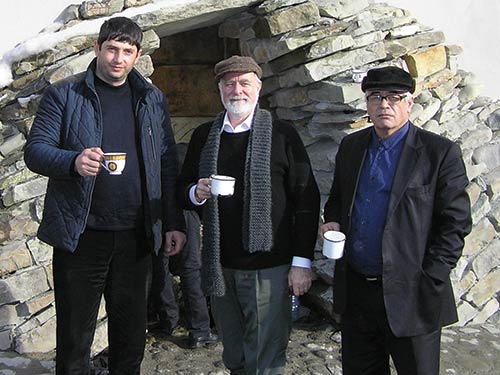 Barry Rodrigue (center) with Khusain Yakhikhanov and Magomedkhan Magomedkhanov in the mountains of the Argun Valley, Chechnya, 2012. Barry Rodrigue (center) with Khusain Yakhikhanov and Magomedkhan Magomedkhanov in the mountains of the Argun Valley, Chechnya, 2012. Barry Rodrigue ’74 has worn many hats so far in his life: seaman, peace activist, journalist, folk-life researcher, and geographer to name a few. These experiences have shaped his career as a trailblazer in Big History, a burgeoning academic field that has Evergreen roots. Perhaps the ultimate interdisciplinary study, Big History seeks to comprehend the cosmos in a unified and scientific way—as a 13.8-billion-year saga of everything from the Big Bang and the evolution of life on Earth, through the rise of Homo sapiens, all the way up to the present. An associate professor of arts and humanities at the University of Southern Maine (USM) in Lewiston, Rodrigue is a founder and the international coordinator of the International Big History Association, which is bringing scholars around the world together to move the field forward. Rodrigue and others give credit to former Evergreen faculty member Siegfried Kutter as being a pioneer of the field. During the 1970s and ‘80s, Kutter wrote The Universe and Life: Origins and Evolution, an interdisciplinary text that was influential in Big History’s founding. Big History has won backing from philanthropist and former Microsoft CEO Bill Gates. Several years ago, he listened to a series of college-level Big History lectures and found them so engaging that he’s funding the Big History Project, a free, web-based instructional model for high school students. “I really like how the course challenges students to wrestle with big questions,” he has said, “questions like how different time scales affect our perspective on history, how language transformed humanity, and what it means to be human.” Another resource called ChronoZoom is also helping to expand Big History’s reach. Funded and supported by Microsoft Research Connections in collaboration with several universities, the innovative online visualization tool is dedicated to teaching the subject and facilitating interdisciplinary research. Big History is the ideal vehicle for bringing people around the globe together. I personally see it as creating a common background for all of humanity to understand how we fit in the universe. It creates an area for conflict resolution and peaceful, sustainable development. --Barry Rodrigue ’74 Big History is based on the notion that learning about the past should encompass a larger perspective than the narrow confines of nationalism and human activity. It pulls together independent disciplines—physics, chemistry, biology, the study of ancient civilizations and contemporary human history—to come up with a holistic view of our interrelated universe. Rodrigue learned about the field at a conference in 2004, when he was developing a basic course in world history at USM. From then on, he became more involved in organizing the development of Big History, which he now also teaches at the university. Rodrigue, whose experiences have taken him from Alaska and Nicaragua to China, Siberia and beyond, studied molecular biology at Evergreen with faculty member Betty Kutter. He intended to go into medicine. When he was a student, he’d already been a medic during the Vietnam War (which he came to oppose), stationed at Alaska’s Elmendorf Air Force Base and doing mostly civilian rescue work. “I felt good about the medical and rescue work I’d done,” he said. In 1974, that path was forever changed when the then-25-year-old Evergreen senior won a prestigious grant from the National Endowment for the Humanities to do ethnographic fieldwork in Alaska. With the funding, he spent seven months in an Inuit village, recording folk tales and oral traditions. During his time there, he gathered interviews, oral histories, documents, and photographs. After wrapping up his primary research, he compiled the materials into a study of the indigenous people of the Bering Strait region and Southeast Alaska. A native of Maine, Rodrigue ended up living in Alaska for two decades, conducting ethnographic research in rural communities throughout the state. In 1976, he launched Archipelago, a regional and community journal of material submitted by people from Southeast Alaska, the southern Yukon Territory, and northern British Columbia. Through the course of publishing the journal, he said, “I discovered that what people loved most and sent in most were songs and poems.” This prompted him to begin documenting regional folk music, which he published in two volumes of the Panhandler Songbook. He also produced a three-volume record collection called The Southeast Alaska Folk Tradition. Part of the legendary Folkways Records now housed at the Smithsonian Institution, the treasury is a cultural history of the region in music, song, and dialogue that includes accounts of episodes from Alaskan history, piano rags, blues, Native chants, and more. A Fulbright scholar, Rodrigue earned a master’s degree in history and folklore 19 years after graduating from Evergreen. He capped that with two PhDs, one in geography and one in historical archaeology and history with a specialty in ethnic studies. He’s written numerous articles and books about human settlement in Alaska, the eastern borderlands of Canada and the U.S., and Big History. A proponent of interdisciplinary studies and student-centered learning, Rodrigue has been at USM since 2000. He said the curriculum at the Lewiston campus “is intentionally modeled after Evergreen.” He’s involved his classes in organizing conferences and in archaeological research that has added to the understanding of Maine’s history. To Rodrigue, Big History is the ideal vehicle for bringing people around the globe together. “I personally see it as creating a common background for all of humanity to understand how we fit in the universe. It creates an area for conflict resolution and peaceful, sustainable development.” Carolyn Shea: Freelance writer, editor, and researcher.
|
Barry Rodrigue PhD
|
Dr. Barry H. Rodrigue, PhD
|
What Our Clients Are Saying‘Dr. Rodrigue is the best English language editor with whom I have worked.’ ----Professor Sun Yue, award-winning translator of the 50th Anniversary Celebration of the People’s Republic of China in Beijing.
‘Dr. Rodrigue is a trusted and reliable program partner in designing and implementing international exchange programs … his work truly reflects the overarching Open World goal of understanding through mutual cooperation.’
——Beverly Attallah, Director, Global Connections,
Open World Program, Washington, DC. |

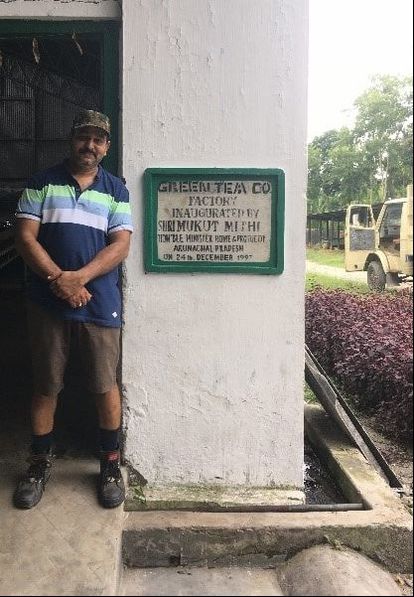
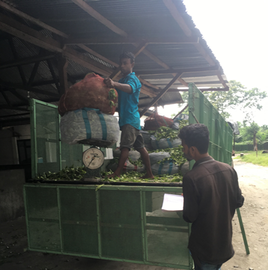
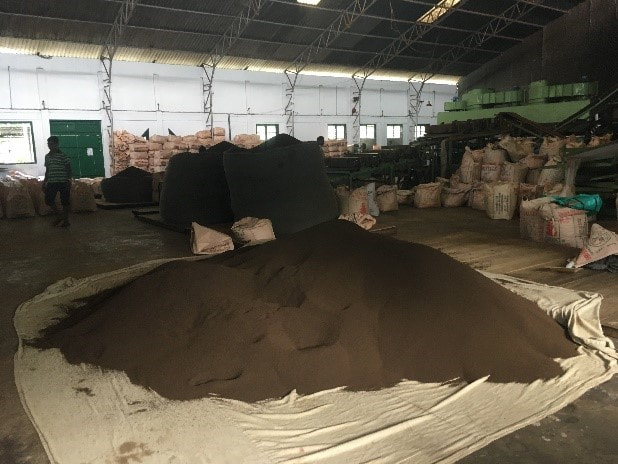
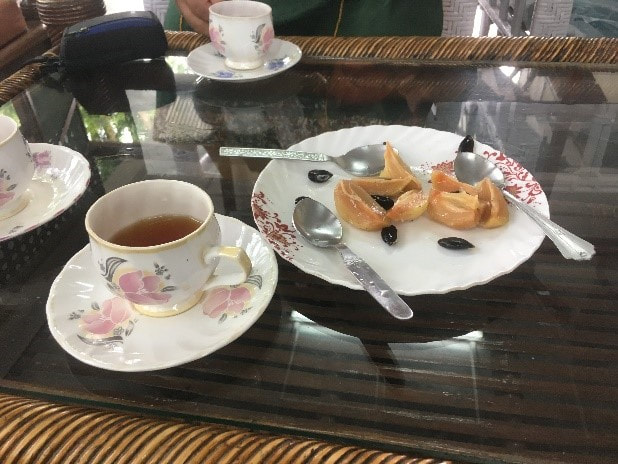
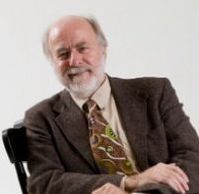
 RSS Feed
RSS Feed

